Concrete is understood as artificial overwhelming heavy building material, the main components of which are construction sand, cement of a certain brand, crushed stone of certain forms and sizes and water. Depending on the volume and technical and chemical characteristics of these components, concrete can be used:
as the main material for the foundation and bearing walls;
for internal walls and other facilitated structures;
for structures with special requirements (the ability to withstand the impact of destructive factors).
Advantages and disadvantages of concrete
Advantages:
a relatively low cost due to the use of local raw material material and a simple production process;
optimal mechanical strength and long -term useful life;
the multivariance of possible geometric shapes and parameters of the fill;
the possibility of both manual manufacturing and filling, and complete automation.
Flaws:
a large comparable to other building materials and, as a result, the high complexity of installation work;
the need for certain experience and dexterity with independent installation of concrete structures, especially reinforced;
the possibility of strong shrinkage and destruction of the erected structure, even if the technology of laying it is observed;
increased water permeability leading to premature destruction of the material. At the same time, until recently, additional waterproofing of any concrete coating was considered a prerequisite and inevitable condition for its normal use.
Types of concrete waterproofing
External. Carried out by laying several layers of waterproofing material. The main advantage of this method is the possibility of its implementation at any time, including after pouring and hardening the concrete coating. The main disadvantages: additional costs and gradual destruction of waterproofing, that is, the need for periodic control and restoration.
Internal. It is carried out using active infusion into concrete at the stage of its manufacture of special waterproofing additives. Its advantage is to improve the quality of building material and reduce waterproofing costs. Disadvantage: the possibility of use only at the stage of preparation of the main composition, deterioration of thermal insulation and possible problems with finishing.
Types of waterproofing additives
Chemical plasticizers give concrete greater plasticity and water resistance, while accelerating its drying time and increasing the mechanical strength of the material.
The filler fibrous additives increase the mechanical, thermal and other stability of the material due to its reinforcement by steel, glass and (or) polymer threads.
Penetrating additives provide optimal waterproofing of concrete, including when operating it in the aquatic and chemically active aggressive environment. The leading addition of this type today is Penetron Admix (GDPA).
The main characteristics of the GDPA
GDPA is a specialized waterproofing additive for concrete, based on crystallization of the introduced polymer in the pores and cracks of the main material while maintaining the possibility of free passing of water fumes. In this case, the water permeability indicator becomes minimal while maintaining the optimal level of strength, which makes this additive indispensable to prevent through water penetration even under high pressure.
In addition, the GDPA successfully resists the aggressive effects of concrete and the metal structures of ground and sea waters and the acidic medium with chemically active substances.
Likewise, GDPA enhances the atmospheric and radiation resistance of the material and, accordingly, the protection of the premises equipped with such concrete.
The advantages of GDPA are usually include its high environmental purity, and the high cost is the high cost due, including the need to use additional waterproofing material at the joints of concrete slabs and reinforced concrete products, since the addition prevents moisture to penetrate only through concrete itself, but not through mechanical connections of blocks and structures from it.
This kind of additional waterproofing can be both traditional (using mineral wool and roofing material), and performed on the basis of the same specialized mixture of penetron.


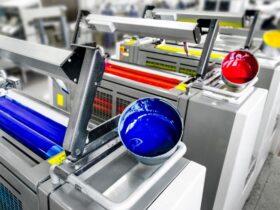

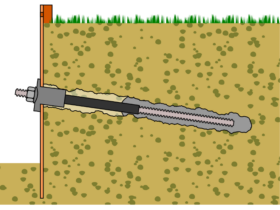

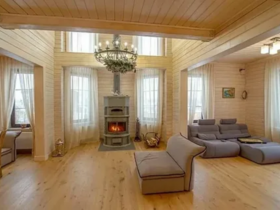


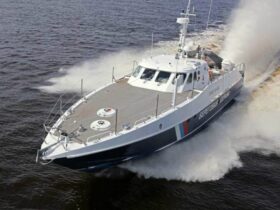

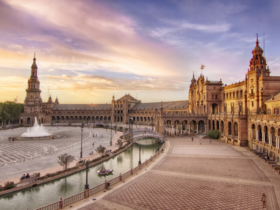

Оставить коммент.